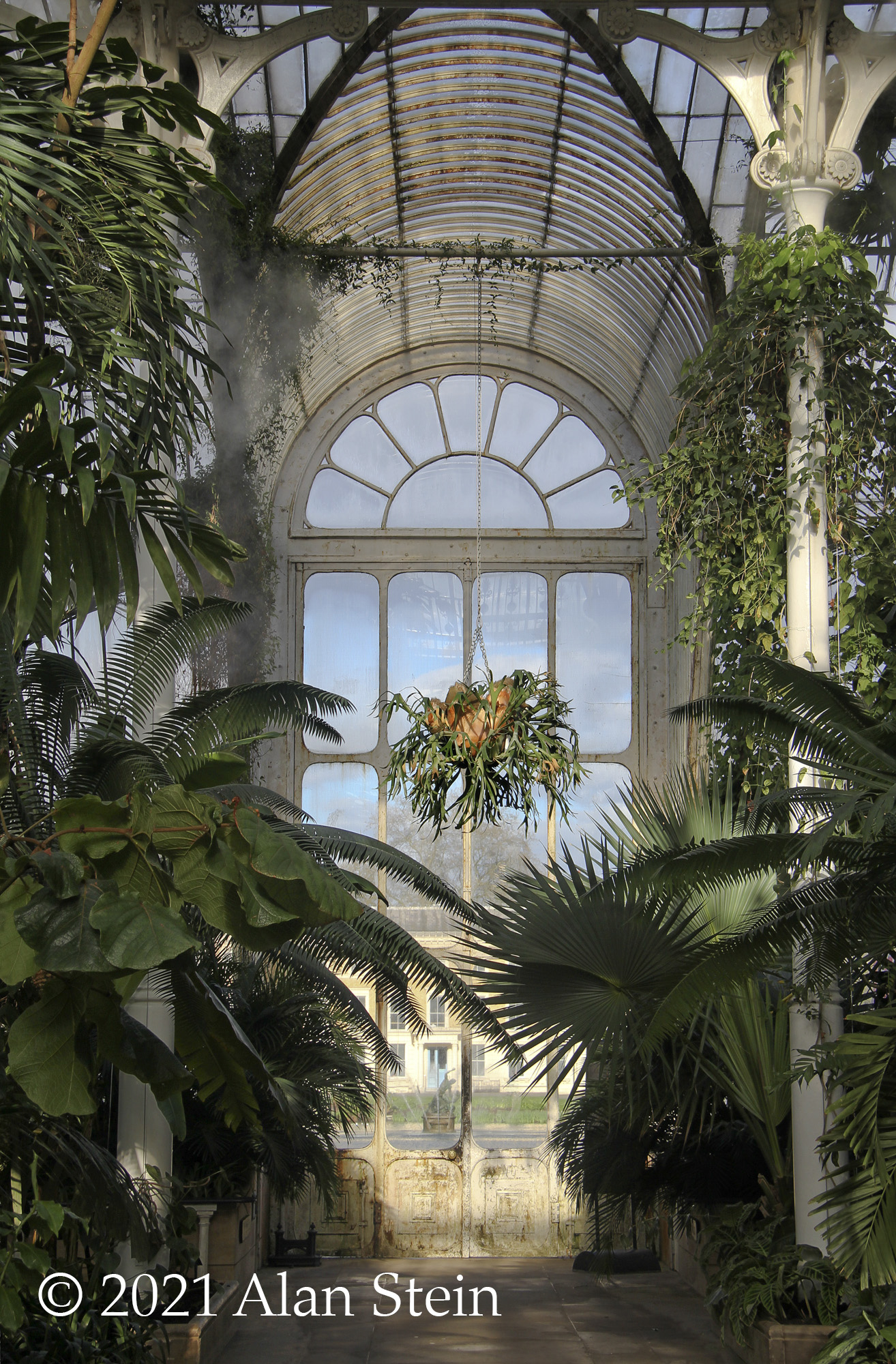“These great glasshouses have always been an invitation to architects to celebrate structure and play with light”
Alan and Nancy have travelled the world studying conservatory architecture to bring their magic and delight to homes and commercial buildings around the world. One of their favorites to study is the conservatory at Kew Gardens.
While photographing Kew Gardens Conservatory for their recent book, The Conservatory: Gardens under Glass, they would carefully plan photo sessions around sunset and sunrise- the two best times for showing illumination, through photography, in conservatories.
Check out this dramatic display of glass structures and rare plant species at Kew Gardens.
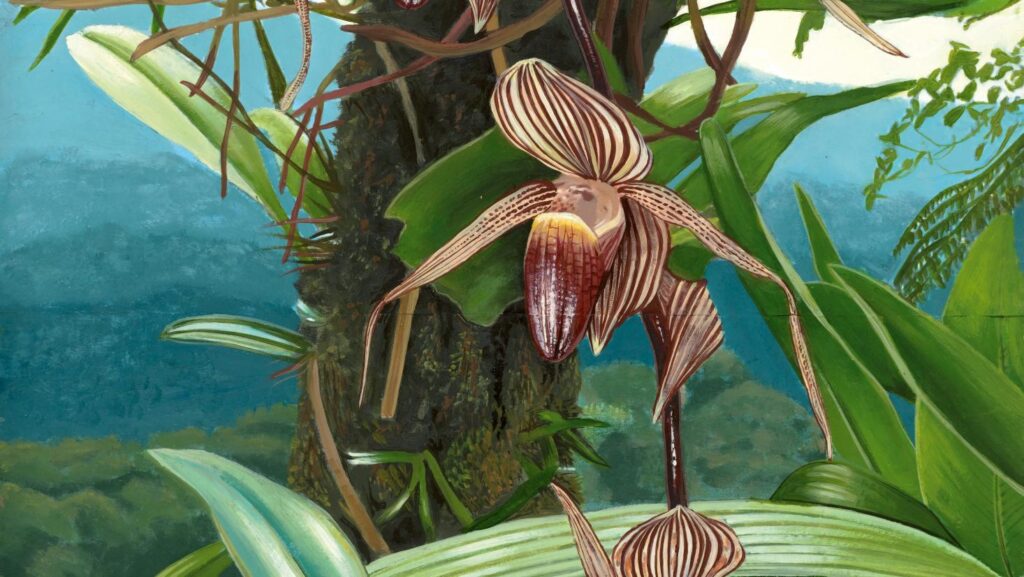
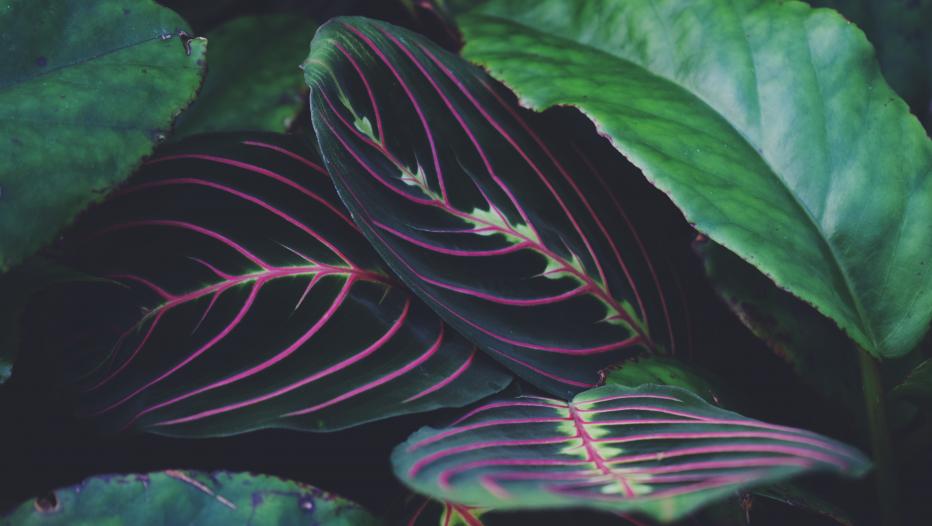
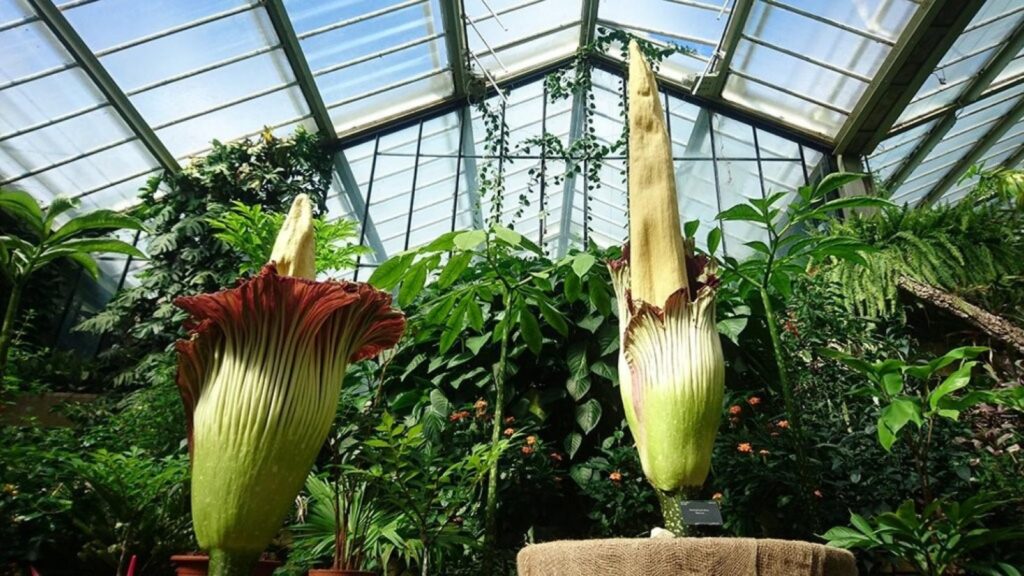
Did you know the Palm House is made up of 16,000 panes of glass to create its window-filled structure? Aesthetics aside, Kew is doing important work in sustainability, conservation and researching climate change.
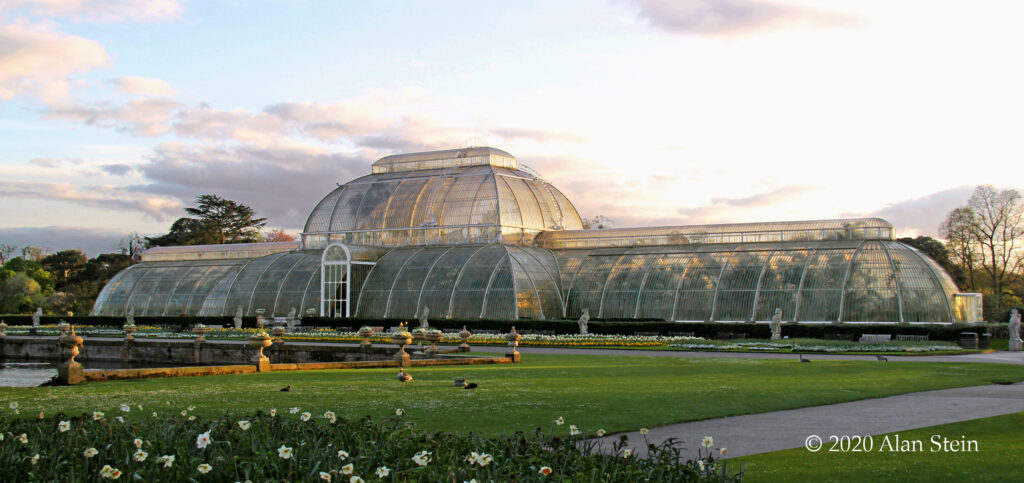
Palm House | Originally constructed in 1844 using shipbuilding techniques and over 200 tons of iron, the Palm House was an architectural feat then and continues to do so now. This structure houses a rainforest and a slew of endangered tropical climate plants. Rainforest plants cover about 2% of the world’s surface but are home to 50% of species vital to sustaining life on earth, according to Kew. This structure functions as a living laboratory for scientists and researchers to study these plants, while protecting already endangered rainforest species.
One of Nancy’s favorite spots at the garden is the Orangery. She likes to sit in the shade of the cafe umbrellas, drinking fresh peppermint tea, and look across the garden’s manicured grounds to the nearby ponds and the Palm House.
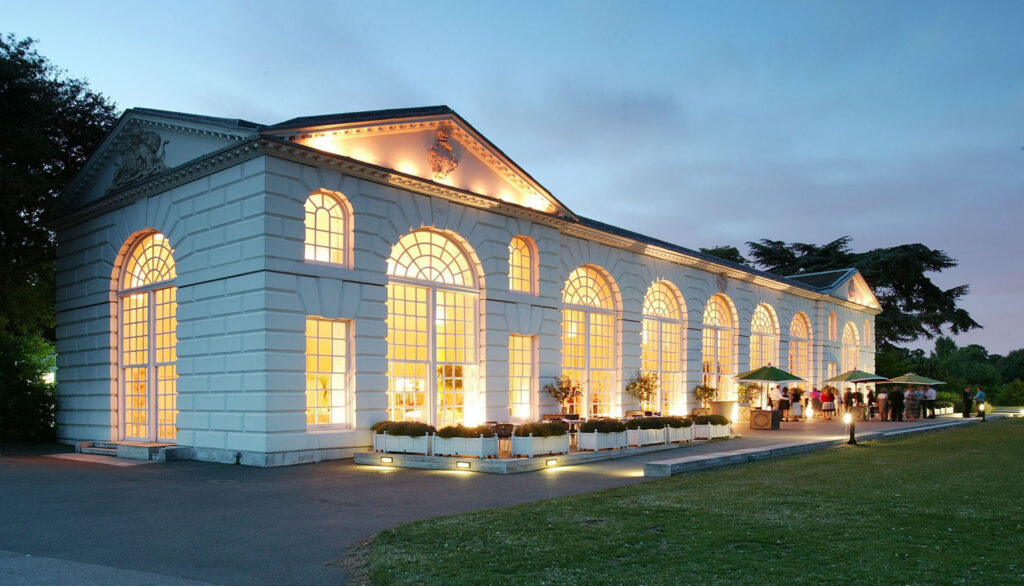
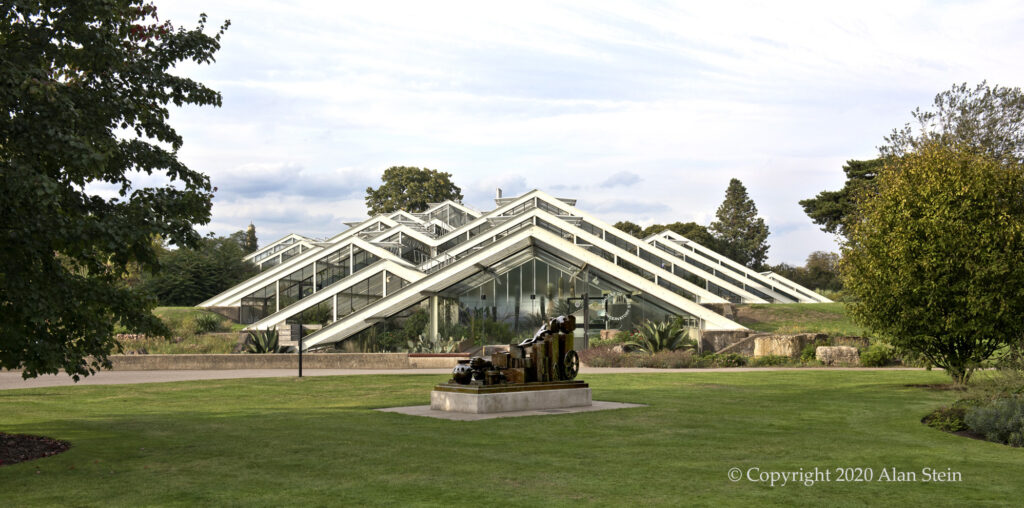
Princess of Wales Conservatory | This stunning conservatory has ten computer-controlled climate zones to ensure the variety of plants on display stay temperate. Visitors are guided through the winding glasshouse with these changes in climate: from spiky cacti in the dry tropics area to tropical orchids in the dense, steamy areas. There is also a zone dedicated solely to carnivorous plants, like Venus flytraps and pitcher plants. This unique layout of the garden experience allows visitors to see how these plants grow in their true environment and climate, and how they interact with neighboring plants.
Princess Diana was there for the opening of the conservatory in 1987 and to this day the gardens remain in close regard to the royal family. In 2000, the Prince of Wales, opened the Millennium Seed Bank, which now is home to the largest seed collection in the world.
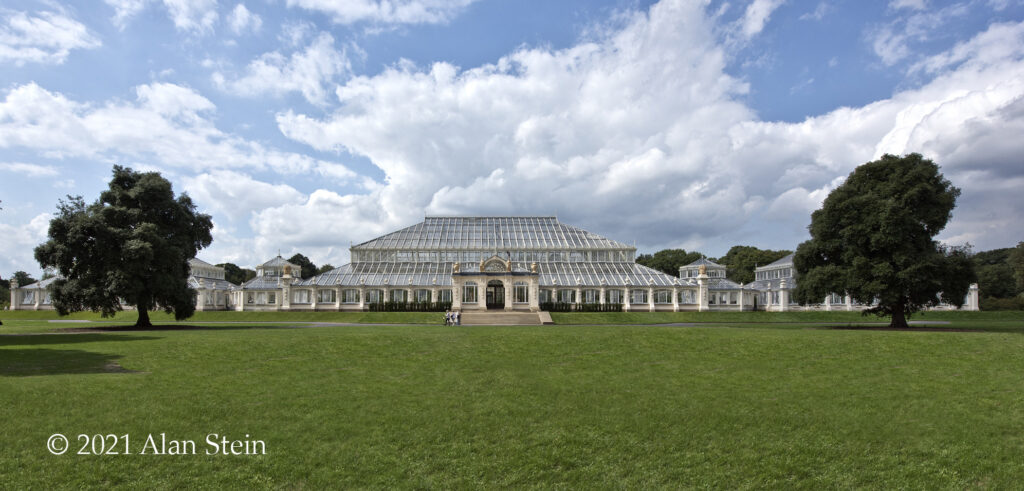
Temperate House | The Temperate House is the world’s largest Victorian glasshouse. Having undergone an impressive five-year renovation, the structure reopened in 2018 and is now home to 1,500 species of plants from Africa, Australia, New Zealand, the Americas, Asia and the Pacific Islands. While temperate plants need to live in climates of at least 50 ℉, which sounds common enough, many of these plants are under threat. In the Temperate House, scientists are able to study these endangered plants and plan for their futures on earth.

